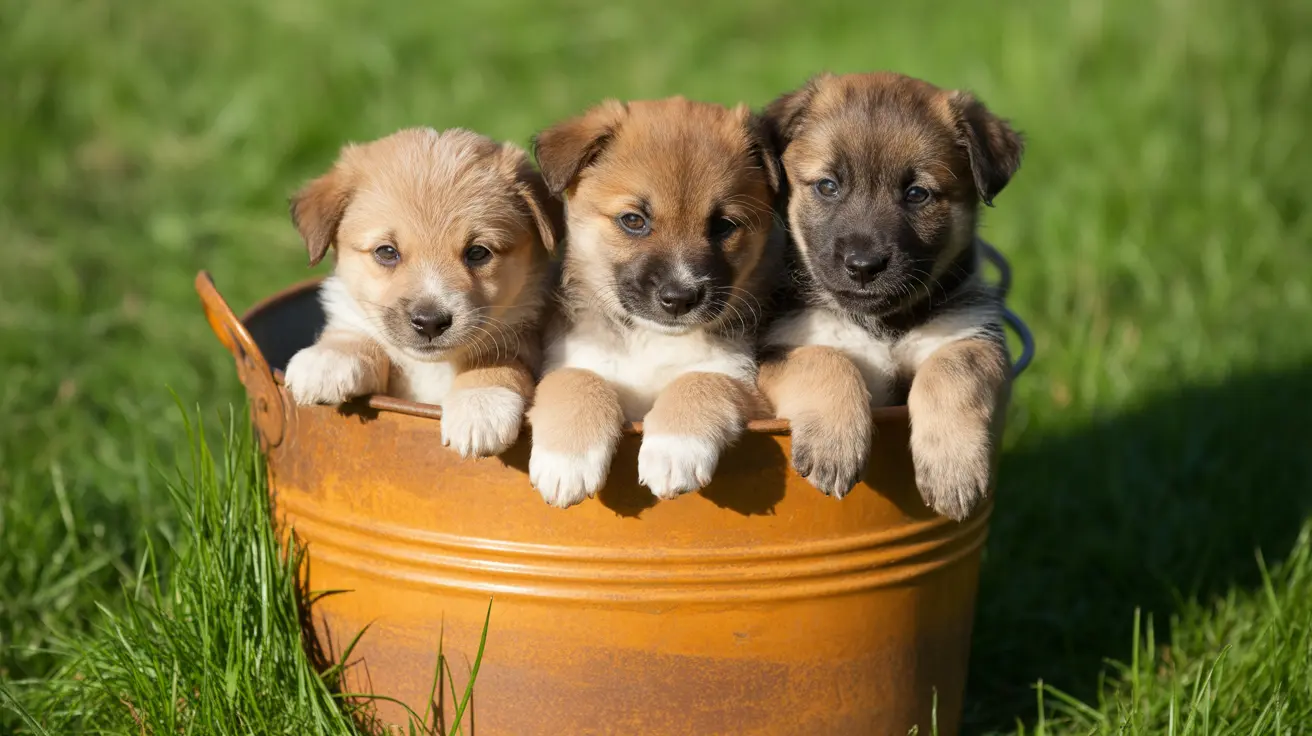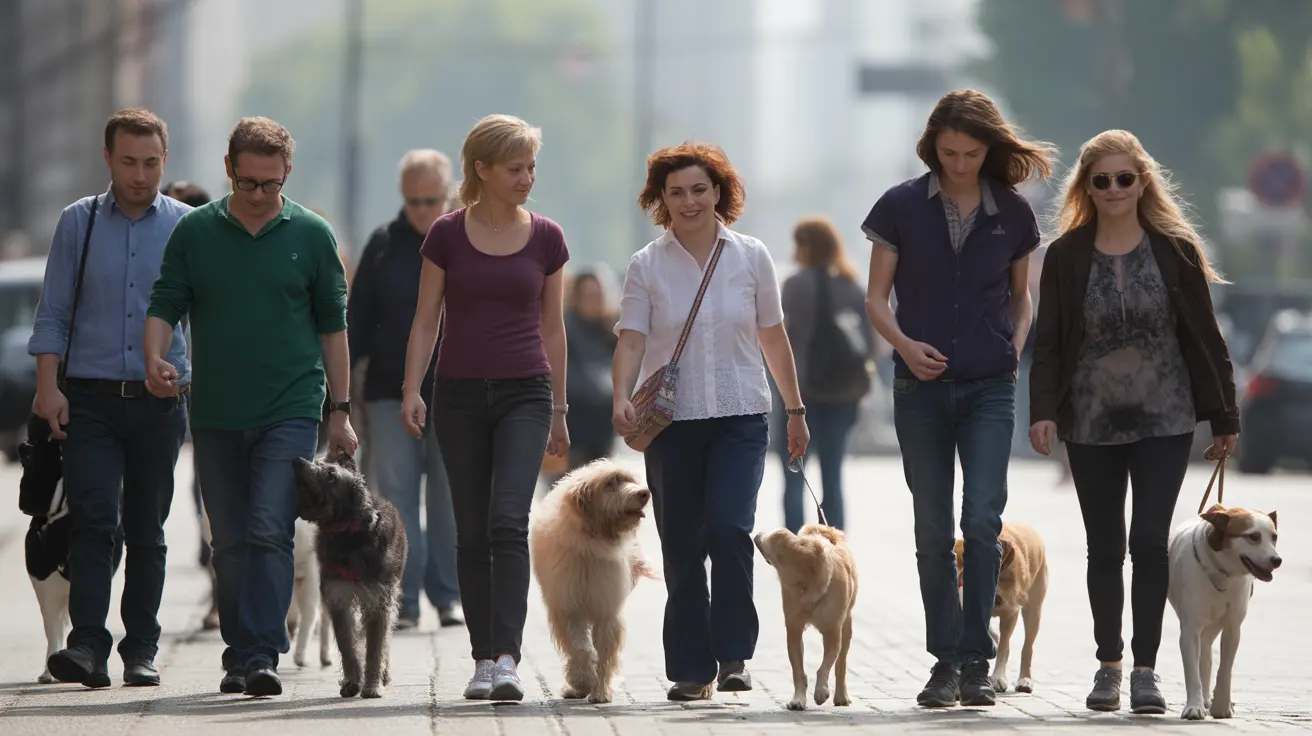Understanding Rapid Breathing in Dogs: Causes and Signs
Dogs, like humans, have varying breathing patterns depending on their physical state, activity levels, and health. While some increase in breathing rate can be normal, such as during play or excitement, rapid breathing at rest might indicate an underlying issue requiring veterinary assessment.
What Is Considered Normal Breathing in Dogs?
A healthy adult dog typically breathes between 10 to 35 times per minute while at rest. Puppies and smaller breeds often breathe at the higher end of this range. Panting is also common and serves as a mechanism to regulate body temperature, as dogs don't sweat like humans.
What Does Rapid Breathing Look Like?
Rapid breathing may be identified by the following signs:
- Breathing faster than 30–40 breaths per minute while at rest
- Shallow chest movements
- Open-mouth breathing without physical activity
- Use of abdominal muscles to assist in breathing
- Increased movement of the nostrils
- Restlessness or inability to get comfortable
Common Causes of Rapid Breathing
There are many possible causes for quick and labored breathing in dogs, ranging from environmental to medical. Some include:
- Exercise or excitement – temporary and usually resolves on its own
- Heat or hot weather – panting helps regulate body temperature
- Stress or anxiety – can increase the respiratory rate
However, persistent rapid breathing may reflect serious issues:
- Heart Disease or Congestive Heart Failure – Often causes fluid buildup around lungs, leading to difficulty in breathing. Accompanying signs include coughing, pale or bluish gums, and fatigue.
- Respiratory Infections – Conditions like pneumonia and bronchitis may cause coughing, lethargy, and fever alongside faster breathing.
- Airway Problems – Brachycephalic breeds such as bulldogs and pugs are predisposed due to their shortened snouts. Foreign objects, allergies, or swelling can also obstruct the airway.
- Pain or Injury – Any trauma or internal pain might increase the respiratory rate as the dog copes with distress.
- Heatstroke – A life-threatening condition presenting with excessive panting, drooling, red gums, and possibly vomiting or collapse. Immediate intervention is crucial.
- Pulmonary Issues – Conditions like pulmonary edema, lung cancer, or tracheal collapse may cause labored, rapid breathing.
- Poisoning – Ingestion of toxins like rat poison can lead to internal bleeding and respiratory distress.
- Cushing’s Disease – A chronic endocrine disorder that can alter respiratory patterns among other symptoms.
Associated Warning Signs
If your dog’s rapid breathing is accompanied by other symptoms, consult a vet promptly. These signs include:
- Labored or open-mouthed breathing at rest
- Blue, pale, red, or purple gum color
- Weakness or lethargy
- Reluctance to move, eat, or drink
- Excessive drooling
- Coughing, wheezing, or unusual noises
- Gum color changes
How to Measure Your Dog’s Breathing
Here’s how pet owners can monitor their dog’s respiration:
- Keep your dog calm or observe while sleeping
- Count chest movements for 15 seconds
- Multiply by four to get breaths per minute
Readings consistently above 30–40 breaths per minute during rest should be considered abnormal unless your dog is a puppy or has just been active. Dreaming during REM sleep can also mimic rapid breathing.
Diagnostic and Treatment Options
A veterinarian will evaluate breathing issues through:
- Physical examination
- Medical history review
- Diagnostic tests—X-rays, bloodwork, echocardiograms
Treatment depends on the diagnosis and may involve:
- Oxygen therapy
- IV fluids
- Antibiotics or anti-inflammatory medications
- Behavior modification for anxiety-related cases
- Pain management strategies
Prevention Tips for Pet Owners
To safeguard your dog’s respiratory health, consider the following:
- Maintain a healthy weight
- Provide regular exercise
- Ensure access to fresh, clean water
- Avoid excessive heat and do not leave dogs in parked cars
- Keep up with vaccinations and parasite control
- Monitor at-risk breeds during exercise or hot weather
When to Seek Veterinary Help
If your dog breathes rapidly while at rest and displays any warning signs, it’s essential to contact your vet. Early intervention often leads to better health outcomes. However, if your dog’s breathing rate normalizes after temporary excitement or heat exposure and no other symptoms appear, simple monitoring at home may be sufficient.





